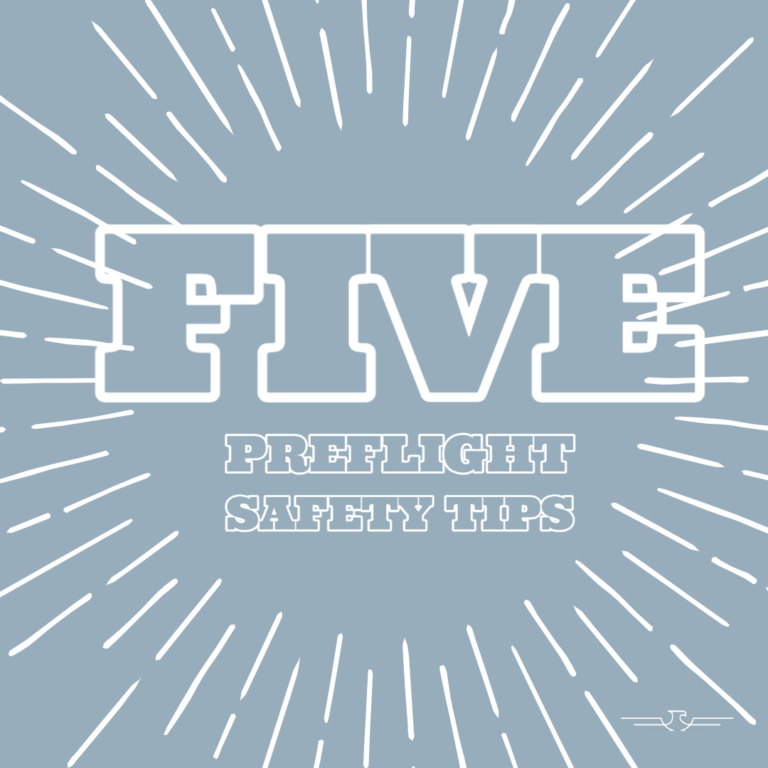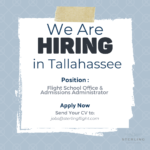Safety should be top of mind for every pilot before, during and after every flight. As a pilot this is crucial to the successful operation of any aircraft so here are five safety tips to keep in mind before taking to the sky.
- Calculate Weight, Balance, and Fuel
Weight and balance is a required and critical part of flying and finding an aircraft’s center of gravity, which affects the performance of the aircraft. If incorrect, the aircraft could become uncontrollable, which causes a safety issue. The other piece of this equation is fuel allocation for your planned flight as you want to make sure you are not in danger of running out mid-flight. Take how many gallons of fuel per hour your aircraft consumes and multiply that by the duration (in hours) of the flight. If you will need to refuel, the next point in this list can help you with knowing where to land and fuel. - Know your Flightplan
Before taking off make sure you are familiar with the route you plan to take including the airspace, airports, traffic patterns and frequencies. Have a backup plan in case you need to divert due to weather, take a break due to fatigue or if there is an inflight emergency. - Pre-flight Check
The importance of a pre-flight checklist cannot be overstated. No matter how well you know the aircraft, don’t skip this step. AOPA records show that more often than not, pilots involved in an accident, failed to perform a preflight check. Go through each item of the checklist carefully and take your time on all categories which include flight controls, instruments, seat belts, doors, windows, and many others. - Check the Weather
Part of your preflight routine should always be checking the official weather briefing. While weather can be unpredictable, knowing before you takeoff the conditions and what to expect is a vital part of staying safe. Talk to Air Traffic Control to get updated briefings on NOATMs along your flight route and TFRs. - Practice Emergency Procedures
Hopefully emergency procedures in something you will never need to use. However, it’s important to be prepared should an event arise that warrants such knowledge. Review the procedures for common flight emergencies frequently to stay prepared. It’s also a good idea to equip yourself with an emergency bag with items like a first aid kit, flashlight, water, snacks, etc.





